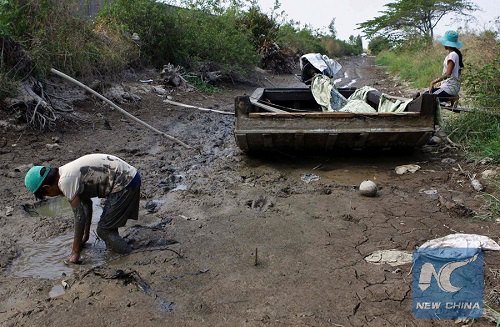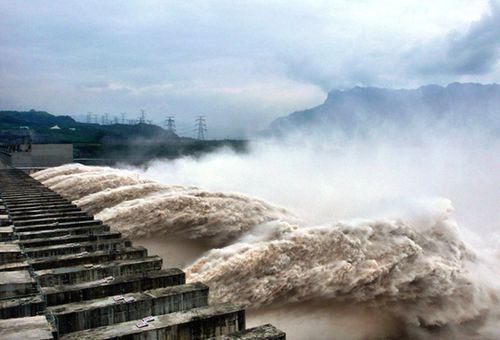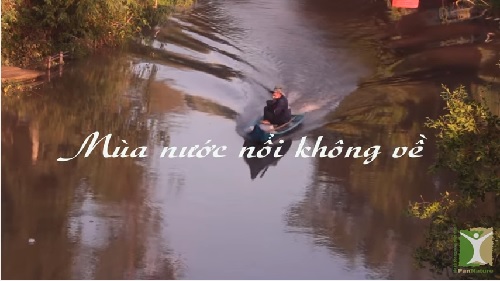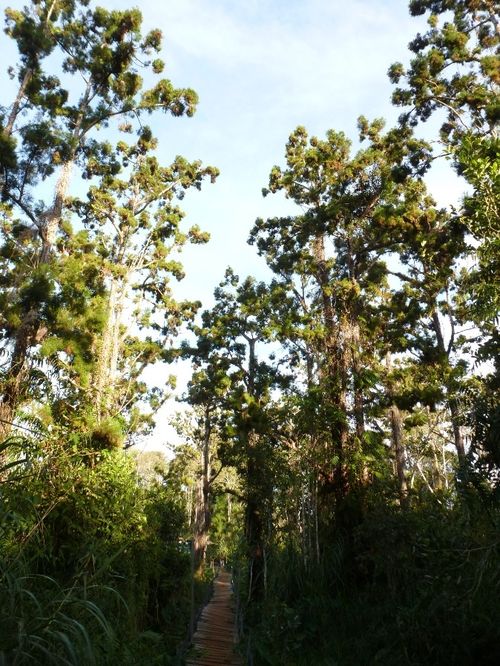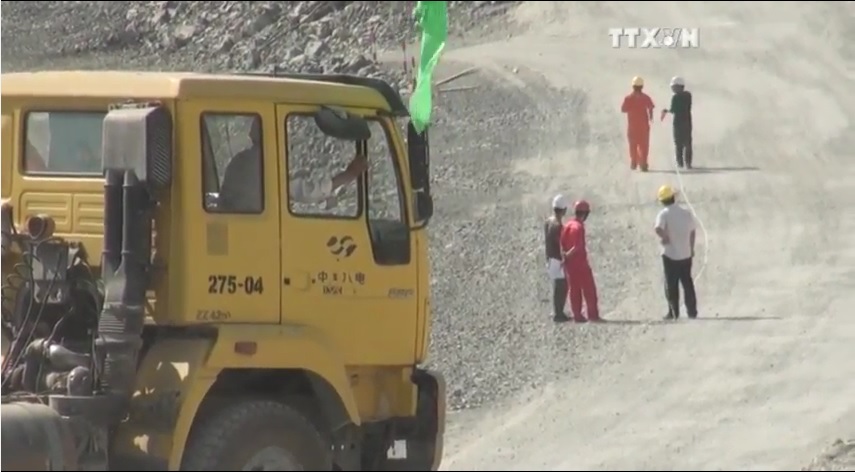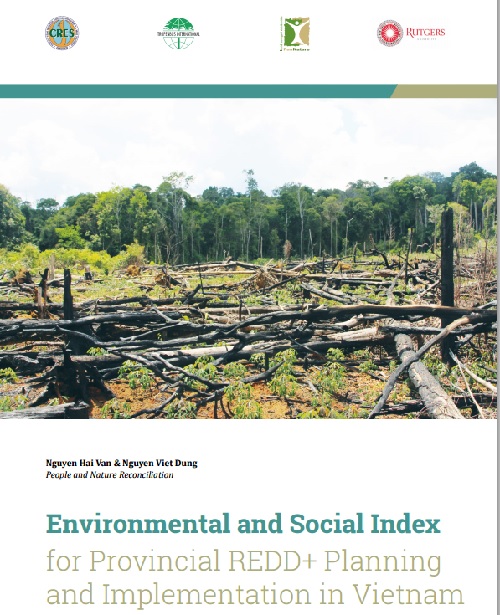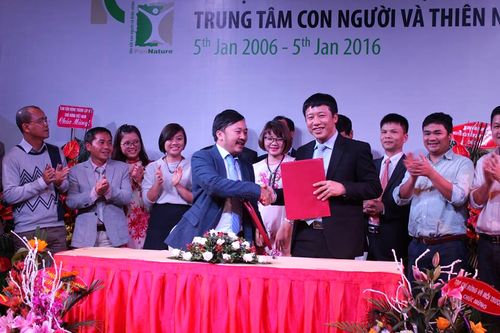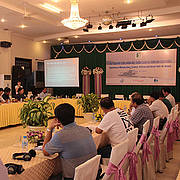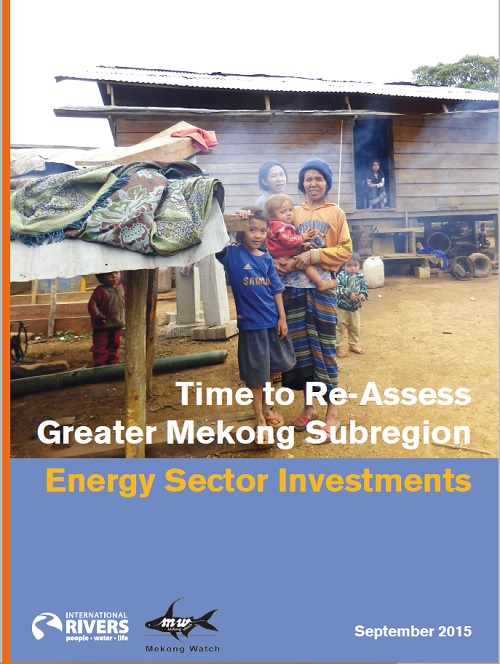Special-use forests (SUFs) are natural protected areas established to conserve the nature and biodiversity of Vietnam. Although the number of SUFs in Vietnam has increased over the years, biodiversity and forest density continues to decline. The Special-Use Forest system of protected area management has been implemented in accordance with ideas of wilderness areas and no-use regimes , and strongly relies on the capacity of state agencies, forest rangers, the military, and police. The state-based preservation of natural resources and biodiversity in SUF areas has been variously evaluated as deficient in a number of areas, including managing conflict between multiple user groups. To overcome these deficiencies, Vietnam has piloted co-management approaches in many SUFs since 2001, and as of 2003 included co-management in its official national strategy for SUF management.

